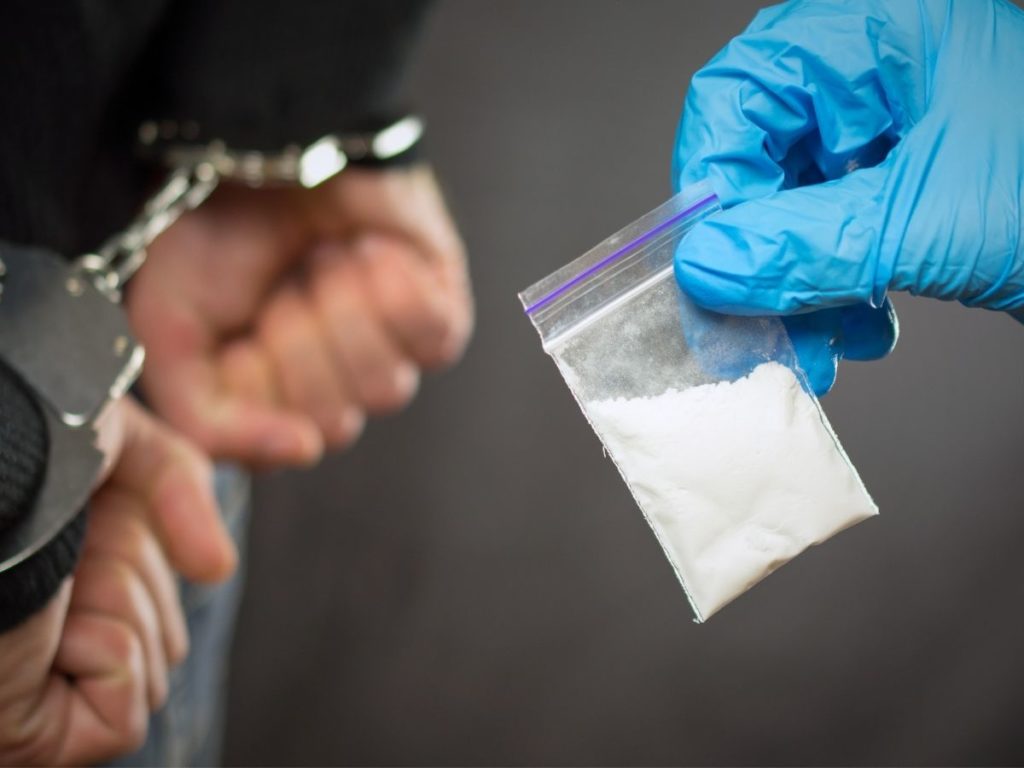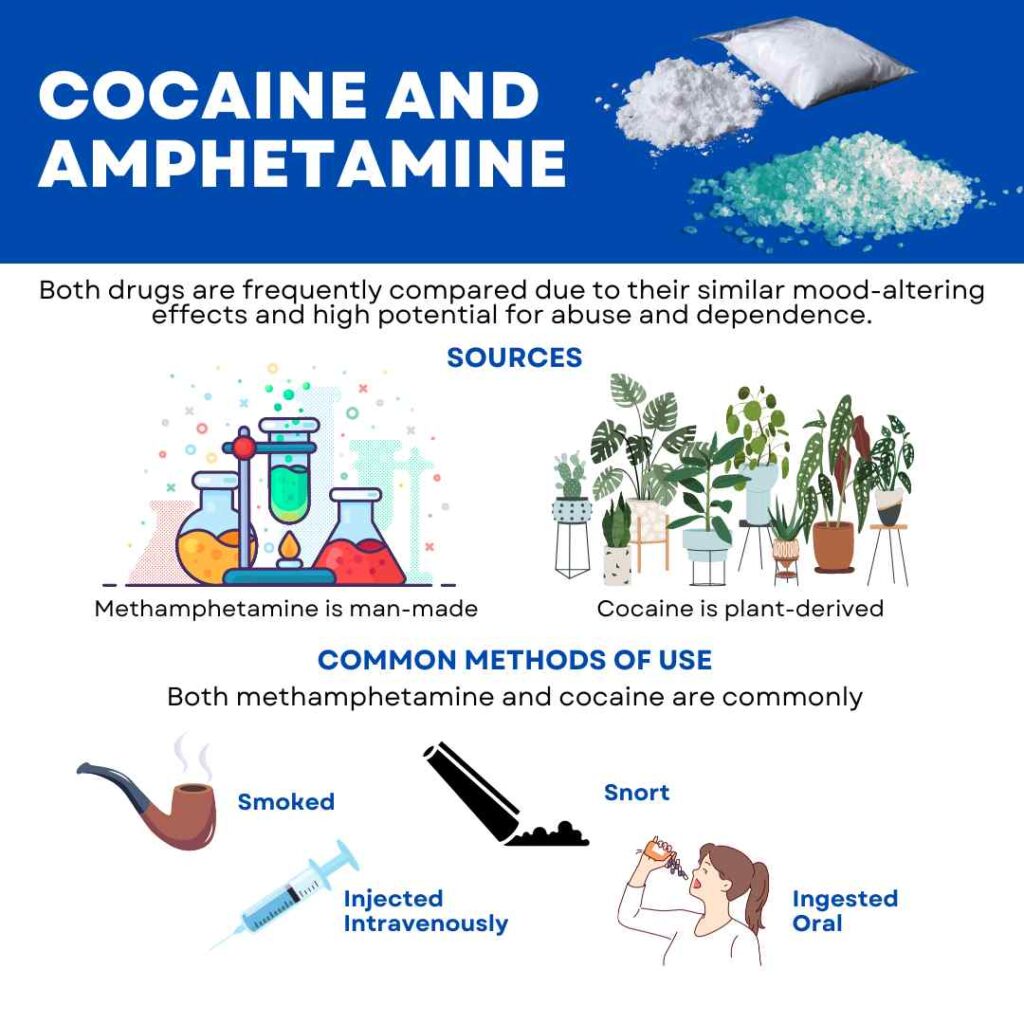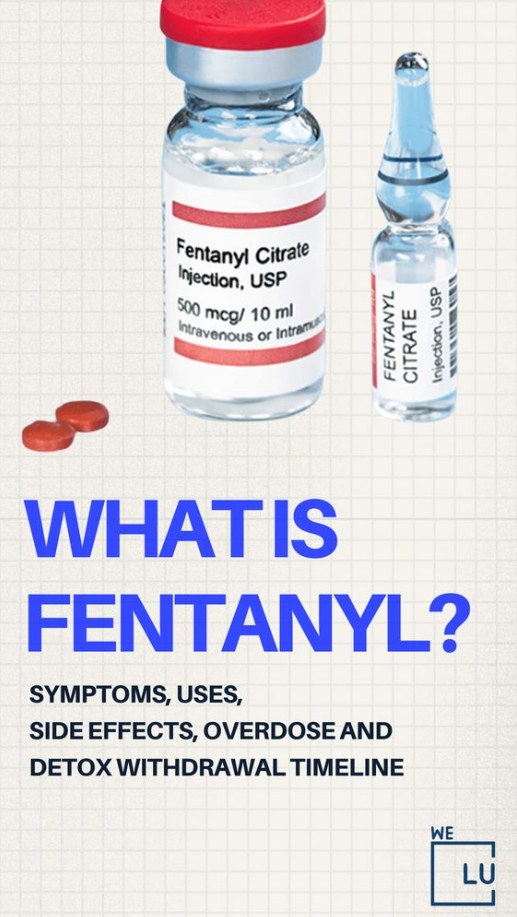Amphetamine Use
Amphetamines, such as methamphetamine and 3,4-methylenedioxymethamphetamine (MDMA), belong to a class of compounds called phenethylamines which induce catecholaminergic effects in the CNS and peripheral circulation. Amphetamine was first manufactured in 1893 to treat asthma and upper respiratory congestion, but indications and usage in the medical field have increased over the last century. Today, amphetamines are clinically used to treat short-term obesity, narcolepsy, and attention deficit disorder with hyperactivity.
Recreational use of amphetamines has reached epidemic proportions in Asia, Australasia, and the United States. The majority of illegal amphetamines in North America are produced in rural areas of Mexico and the United States in clandestine labs. Amphetamines can be easily manufactured using common household materials, including acetone, red phosphorus, sodium hydroxide, sulfuric acid, ammonia, toluene, along with over-the-counter medicines, ephedrine, and pseudoephedrine. [1]
The Effects of Amphetamine Use
The routes of amphetamine administration may be inhalation, intravenous, intramuscular, or transmucosal (oral/nasal). Peak plasma levels can range from 5 to 10 minutes via intravenous administration and up to 2 to 3 hours if taken transmucosal. Symptoms typically last hours to days, based on dosage and strength, and dissipate once the drug is eliminated from the body.
Given the acute symptoms associated with amphetamine intoxication, it is difficult for the clinician to distinguish amphetamine-associated psychosis from the acute psychosis of a primary mental disorder. Most agree that psychosis following amphetamine use is characterized by persecutory delusions, visual hallucinations, and symptoms resembling acute psychosis most commonly observed in schizophrenia.

What is Cocaine?
Is cocaine an amphetamine? The short answer is no. However, cocaine is a psychostimulant just like amphetamines. Cocaine is a white powder. It can be snorted up the nose or mixed with water and injected with a needle. Cocaine can also be made into small white rocks, called “crack”. Crack is smoked in a small glass pipe.
Cocaine speeds up your whole body. You may feel full of energy, happy, and excited. But then your mood can change. You can become angry, nervous, and afraid that someone’s out to get you. You might do things that make no sense. After the “high” of the cocaine wears off, you can “crash” and feel tired and sad for days. You also get a strong craving to take the drug again to try to feel better.
No matter how much cocaine is taken, it is dangerous. Some of the most common serious problems include heart attack and stroke. You are also at risk for HIV/AIDS and hepatitis, from sharing needles or having unsafe sex. Cocaine is more dangerous when combined with other drugs or alcohol. [2]
It is easy to lose control over cocaine use and become addicted. Then, even if you get treatment, it can be hard to stay off the drug. People who stopped using cocaine can still feel strong cravings for the drug, sometimes even years later.
The Difference Between Meth, Amphetamines and Cocaine
Geographic Patterns of Use
- Methamphetamine use is highest in Honolulu, Hawaii, and western areas of the continental United States, particularly urban areas of California, Washington, Oregon, Colorado, and Arizona. In recent years, methamphetamine use has increased in both rural and urban areas of the South and Midwest. (Source: Epidemiologic Trends in Drug Abuse: Advance Report, 1997, NIDA.)
- Cocaine use shows no clear geographic pattern; regional rates of use vary from year to year. Cocaine use also is significantly higher in large metropolitan areas than in nonmetropolitan areas. (Source: Preliminary Results from the 1996 National Household Survey on Drug Abuse, Substance Abuse and Mental Health Services Administration.)
Euphoric Effects
- When they are smoked or injected intravenously, both methamphetamine and cocaine produce an intense, extremely pleasurable “rush” almost immediately, followed by euphoria, referred to as a “high.”
- When snorted, both methamphetamine and cocaine produce no intense rush and take longer to produce a high; orally ingested methamphetamine produces a similar effect.
- Methamphetamine’s high lasts anywhere from 8 to 24 hours, and 50 percent of the drug is removed from the in 12 hours.
- Cocaine’s high lasts anywhere from 20 to 30 minutes, and 50 percent of the drug is removed from the in 1 hour.
Physical and Mental Effects
- The immediate effects of both methamphetamine and cocaine can include irritability and anxiety; increased temperature, heart rate, and blood pressure; and possible death.
- Methamphetamine’s and cocaine’s short-term effects also can include increased activity, respiration, and wakefulness, and decreased appetite.
- Effects of chronic abuse of either methamphetamine or cocaine can include dependence and possible stroke.
- Chronic abuse of either methamphetamine or cocaine also can lead to psychotic behavior characterized by paranoia, hallucinations, mood disturbances, and violence. Anecdotal evidence suggests that violent behavior may be more common among chronic methamphetamine users than it is among chronic cocaine users.
- Drug craving, paranoia, and depression can occur in addicted individuals who try to stop using either methamphetamine or cocaine.
Neurotoxic Effects
- Methamphetamine is neurotoxic in animal species ranging from mice to monkeys; the drug damages the neurons that produce the neurotransmitters dopamine and serotonin. The usual doses taken by human methamphetamine abusers are comparable to the doses that produce neurotoxicity in animals.
- Cocaine is not neurotoxic to dopamine and serotonin neurons.
Transmission of HIV/AIDS
- Both methamphetamine and cocaine use contributes to transmission of HIV/AIDS through intravenous injection.
- Methamphetamine use in conjunction with high-risk sexual behaviors and cocaine use in “sex-for-crack” exchanges also contribute to transmission of HIV/AIDS. [3]

Cocaine and Amphetamine
Methamphetamine and cocaine belong to the broad class of drugs called psychostimulants which also includes amphetamine and methylphenidate. The two drugs often are compared to each other because they produce similar mood-altering effects and both have a high potential for abuse and dependence. Methamphetamine and cocaine also share other similarities. However, the two drugs also exhibit significant differences. Here are some of these similarities and differences.
Sources
- Methamphetamine is man-made
- Cocaine is plant-derived
Common Methods of Use
- Both methamphetamine and cocaine are commonly smoked, injected intravenously, or snorted
- Methamphetamine also is commonly ingested orally
Is Cocaine an Amphetamine? Infographics
The infographic below illustrates information about amphetamines, including methamphetamine and 3,4-methylenedioxymethamphetamine (MDMA). These substances belong to the phenethylamine class and are known to induce catecholaminergic effects in both the central nervous system (CNS) and peripheral circulation. Initially synthesized in 1893 for treating asthma and upper respiratory congestion, the medical applications of amphetamines have expanded significantly over the past century. Presently, they are utilized in clinical settings to address short-term obesity, narcolepsy, and attention deficit disorder with hyperactivity.

Cocaine and Amphetamine image link: https://weleveluptx.com/wp-content/uploads/2024/02/Cocaine-Amphetamine-1024×1024.jpg
Addiction to Cocaine and Amphetamine
Is cocaine an amphetamine? Both cocaine and the amphetamines developed originally for clinical use (including methamphetamine (or “ice”)) are psychomotor stimulants. They have broadly similar actions at the synaptic level (such as blocking the reuptake of dopamine released from the meso-limbo-cortical dopamine terminals), the level of mood and alertness, and the behavioral level. Some other amphetamines (such as phenylamphetamine (mescaline)) have slightly different actions, based, like ecstasy (MDA, MDMA), on a predominantly serotonergic effect.
Is cocaine an amphetamine? regardless, all can be taken by different routes, including oral, intranasal, intravenous, or smoked (the freebase of cocaine “crack” or methamphetamine “crystal”).
In a drug-naive, low dose, intranasal or oral user the stimulant effect would probably be additive at the time of use, with the longer half-life of amphetamines giving a much prolonged “high” compared with cocaine by itself.
Tolerance in regular users builds up to a great degree, so naive users are at immediate risk of overdose (such as with severe cardiovascular effects) if they take the dose of their more experienced friends, say at a party or club. Fatal overdoses are particularly common if taken in combination with other substances, especially injected heroin (a “snowball” or “speedball”) and abundant alcohol (cocaethylene is produced).
A prolonged run of stimulant use, say continuously over a weekend, always produces an unpleasant emotional state very different from the initial euphoria—people who try desperately to prolong the “high” may end up feeling desperate and behave in a pretty wild or frightened way.

Caan W, de Belleroche J. who wrote Drink, drugs, and dependence. From science to clinical practice stated in his studies and research that “In my unpublished work on London stimulant users, dependent drug users significantly preferred cocaine to amphetamine (although it is more expensive)—the first stimulant drug used was predominantly amphetamine in early adolescence.
One of the peculiar phenomena of these drugs is priming (early low dose exposure to either one increases the effect of later use of the other), a type of learning. Heavy users of intravenous stimulants show their proconvulsant action—over repeated use, seizures are kindled. This is one (of many) reasons why I would not recommend the substitution of prescribed methamphetamine or methylphenidate for former illicit cocaine users.” [4]
The First Step to Drug Addiction Treatment
Developing an addiction to drugs isn’t a character flaw or a sign of weakness, and it takes more than willpower to overcome the problem. In addition, abusing illegal or certain prescription drugs can alter the brain, causing powerful cravings and a compulsion to use that makes sobriety seem like an impossible goal.
But recovery is never out of reach, no matter how desperate your situation seems or how many times you’ve tried and failed before. With the proper drug abuse treatment and support, change is always feasible.
For many people struggling with addiction, the most challenging step toward recovery is the very first one: recognizing that you have a problem and deciding to make a change. Unfortunately, it’s normal to feel uncertain about whether you’re ready to start recovery or if you have what it takes to discontinue. If you’re addicted to drugs, you may be concerned about how you’re going to find an alternate way to treat a medical condition. It’s okay to feel torn. Committing to sobriety requires changing many things, including:
- The way you deal with stress
- Who you allow in your life
- What you do in your free time
- How you think about yourself
- The prescription and over-the-counter medications you take
It’s also normal to feel conflicted about giving up your drug of choice, even when you know it’s causing problems in your life. Recovery demands time, motivation, and support, but you can overcome your addiction and regain control of your life by committing to change. We Level Up TX finds that when clients are living in a supportive community, especially during their early recovery process, they can truly focus on what matters most: their recovery.
Make this your opportunity to reclaim your life with a safe and comfortable drug addiction treatment. Is cocaine an amphetamine? does it have any benefits or does it cause only harm? Call today to speak with one of our treatment specialists.
Sources:
[1] Amphetamine Related Psychiatric Disorders – National Center for Biotechnology Information, U.S. National Library of Medicine
[2] Cocaine – U.S. Department of Health and Human Services National Institutes of Health
[3] Comparing Methamphetamine and Cocaine – National Institute on Drug Abuse
[4] Is Cocaine an Amphetamine? Cocaine and amphetamine combined – National Center for Biotechnology Information, U.S. National Library of Medicine





